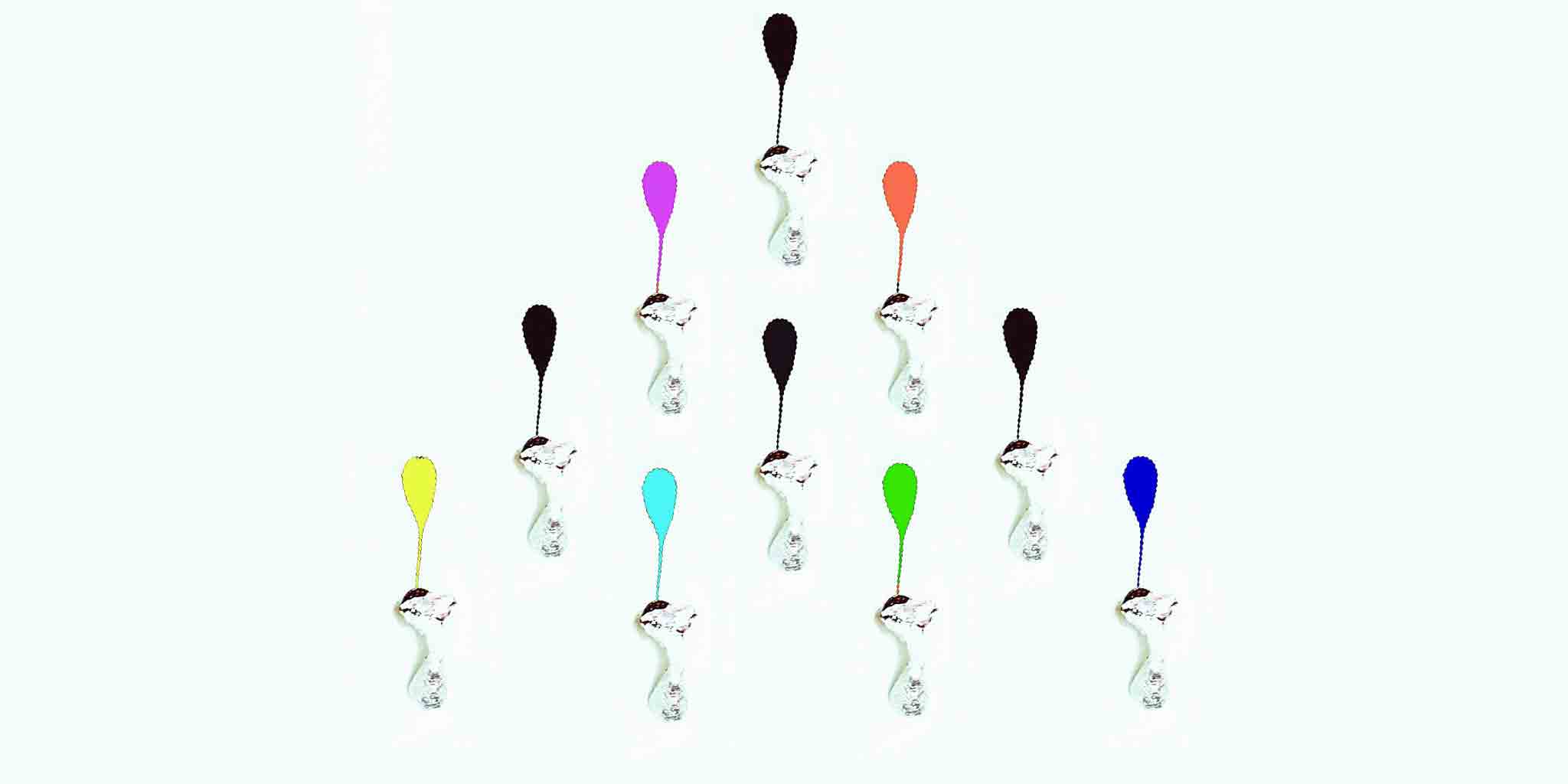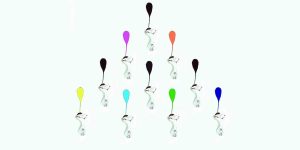The Evolution of Conceptual Art: From Idea to Creation

Get more information at Nicholaas Chiao official website.
Conceptual art is a form of art that puts emphasis on the ideas and concepts behind the artwork rather than the physical object itself. This movement emerged in the 1960s and has since revolutionized the way we perceive and appreciate art.
Read more about photorealism here.
Origins of Conceptual Art
The roots of conceptual art can be traced back to the early 20th century, with artists such as Marcel Duchamp challenging traditional notions of art by presenting everyday objects as works of art. However, it wasn’t until the 1960s that conceptual art as a distinct movement began to take shape.
Key Characteristics of Conceptual Art
Conceptual art is characterized by its focus on the idea or concept behind the artwork rather than the aesthetics or craftsmanship. Artists often use a variety of mediums, including text, performance, and installation, to convey their concepts.

Conceptual art challenges traditional notions of art by questioning the role of the artist, the viewer, and the art market. It blurs the boundaries between art and everyday life, inviting viewers to think critically about the world around them.
The Impact of Conceptual Art
Conceptual art has had a profound impact on the art world, influencing artists across various disciplines. Its emphasis on ideas and concepts has paved the way for new forms of artistic expression and experimentation.
By pushing the boundaries of what can be considered art, conceptual artists have sparked important conversations about the nature of art and its role in society. They have challenged viewers to think beyond the physical object and consider the deeper meanings and messages behind the artwork.
In conclusion, conceptual art continues to push the boundaries of traditional art practices and challenge our perceptions of what art can be. By focusing on ideas and concepts, conceptual artists invite us to engage with art in a more critical and thought-provoking way.
Leave a Reply